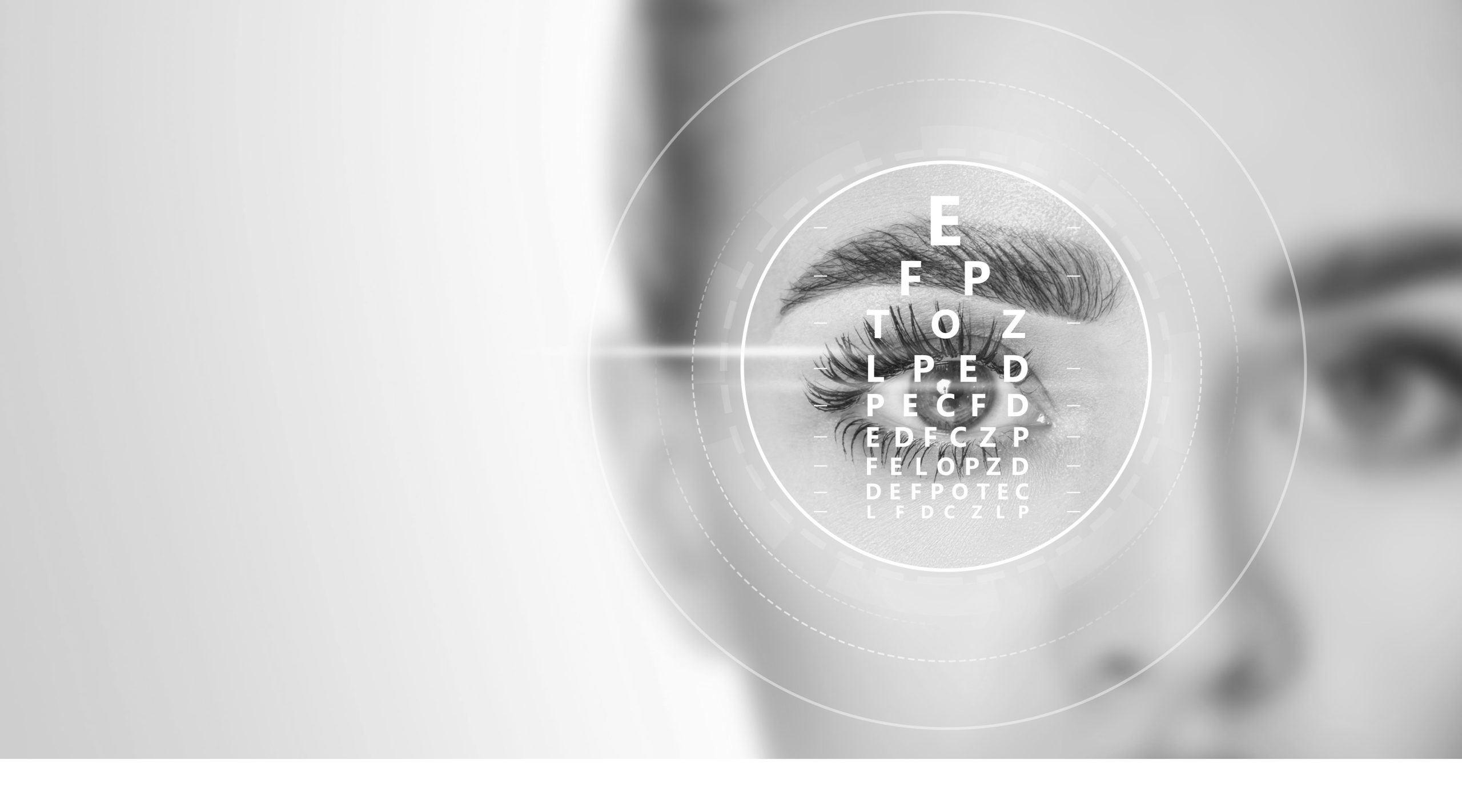
Hyperopia
People with hyperopia have blurred near vision and clear distance vision. Hyperopia may go undetected at a young age as the hyperopic eye is able to compensate for part of its defect. As people age, this ability decreases.
What is Hyperopia and How to Correct it
Hyperopia is a type of refractive error (ametropia) that manifests when light rays entering the eyes through the pupil focus behind the retina. This happens because the axial length of the eyeball is shorter than normal (axial hyperopia).
Hyperopia is often asymptomatic, especially at a young age because the hyperopic eye can compensate for its defect by focusing the image back onto the central part of the retina. This mechanism is known as accommodation.
Many people with no apparent vision problems (emmetropes) have mild hyperopia
People with hyperopia have blurred near vision and clear distance vision.
Hyperopia is measured in diopters. Based on its degree of severity, hyperopia may be classified as follows: mild hyperopia up to +2.00 diopters; moderate hyperopia up to +4.00 diopters; and high hyperopia over +4.00 diopters.
Hyperopia affects 5 million people in Italy alone.
Treatment options
Hyperopia is traditionally corrected with glasses or contact lenses. Glasses are the most common and easiest to use type of eyewear to treat hyperopia. However, lenses for hyperopic eyes are often heavy and make them look big and less aesthetically pleasing.
Contact lenses have their cons too. They require care and cannot be worn for long periods of time as this increases the risk of allergies and infections.
Refractive surgery is currently the most reliable and effective answer to the treatment of hyperopia.
Refractive surgery changes the refractive power (optical power) of the cornea by reshaping its curvature, thereby allowing images to focus on the retinal surface (in-focus image).
Dr. Appiotti can boast over 30 years of experience and tens of thousands of satisfied patients. He is a recognized authority on the treatment of myopia with tailor-made laser and surgical procedures.
The choice of the best suited laser treatment must always start with a thorough eye exam. The patient’s personal or professional goals should also play a role. This is how an eye surgeon can offer tailor-made solutions to their patients.
Laser and Surgical
Procedures for the Treatment of Hyperopia
The 2nd generation of laser vision correction. Best suited to treat myopia, hyperopia and astigmatism. Tailor-made. Rapid postoperative recovery. Visual recovery in 12 to 24 hours.
The 1st generation of laser vision correction. Best suited to treat myopia, hyperopia and astigmatism. Safe and reliable. Ideal for patients with mild vision problems.
Surgical technique for the treatment of high myopia and hyperopia. The eye’s natural lens is replaced with an artificial intraocular lens (IOL).
Make an appointment today
Dr. Appiotti performs laser eye surgery in state-of-the-art eye clinics such as Vista Vision in Milan or Verona. To make an appointment and determine whether you are a good candidate for the laser treatment available for your vision problem, please contact us by email or phone